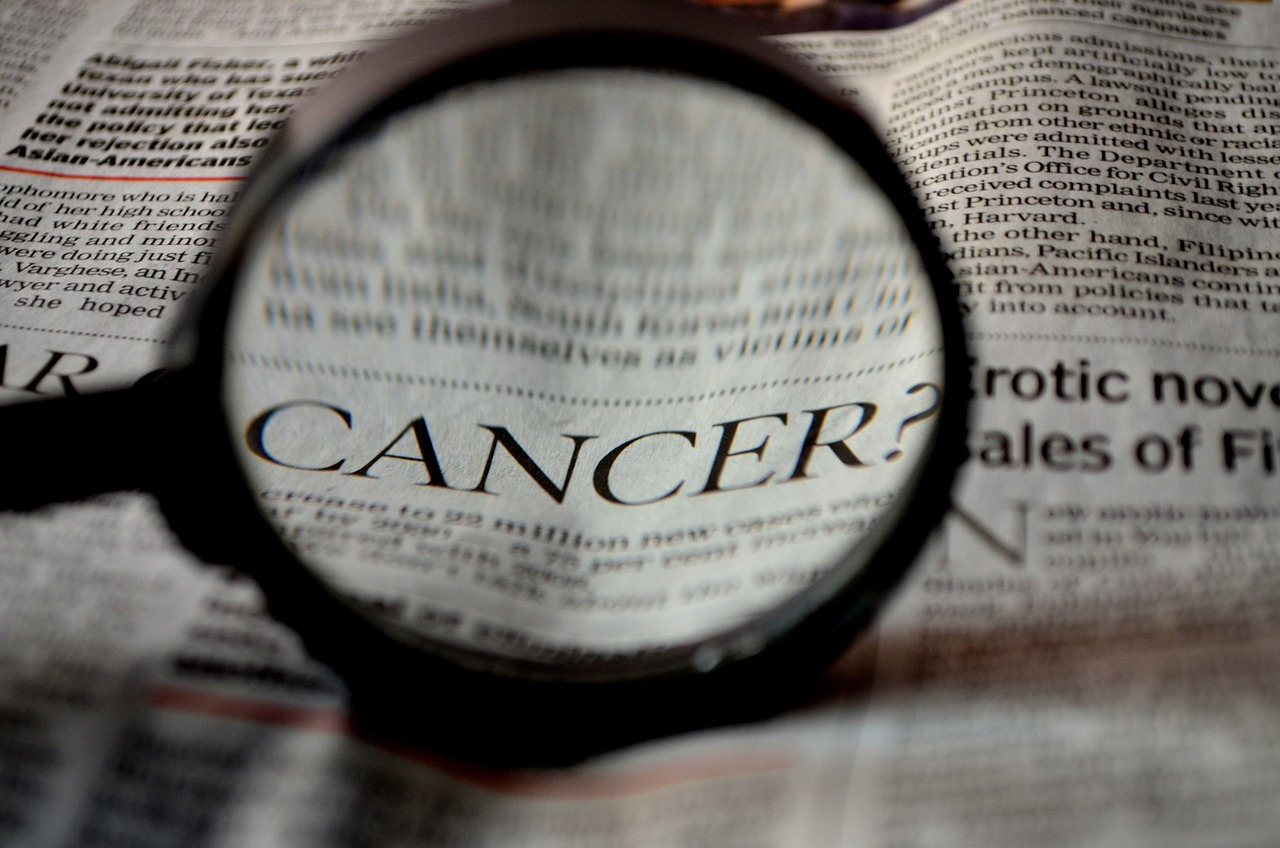As oncology enters a new era, the tools we use to combat cancer are evolving rapidly. Technology isn’t just changing the game; it’s rewriting the rulebook for diagnosing, treating, and monitoring this complex set of diseases.
Cutting-edge developments are empowering doctors to create precise battle plans tailored to each patient’s unique condition. In this article, we will explore how these technologies are not just enhancing treatment but also deepening the connection between patients and their healthcare teams.
Incorporating Precision Diagnostics
In the fight against cancer, seeing is more than believing—it’s knowing. Today’s oncologists use high-tech imaging like advanced MRIs and CT scans to catch even the slightest traces of cancer (think of it as having super-vision for medical details). They also analyze tiny tissue samples using smart computer programs, pinpointing cancer’s unique traits.
This isn’t just fancy science. Instead, it means doctors can find cancer earlier and customize how they tackle it for each person (like crafting a key that fits only one lock). It’s about getting the full picture to plot a precise battle plan against cancer.
Personalized Treatment Maps
The days of one-size-fits-all cancer treatment are fading. In their place, personalized treatment maps are becoming essential tools in oncology.
These maps guide doctors in crafting therapies that match the unique genetic makeup of a patient’s tumor. Understanding the specific characteristics of each cancer means treatments like chemotherapy and targeted drugs can be fine-tuned for maximum impact with minimum harm to the rest of the body.
Moreover, these individualized approaches extend to radiation therapy treatment plans, focusing beams precisely where they’re needed—the bad cells—while sparing healthy ones nearby. It’s all about treating patients as individuals, not just their diagnoses.
Harnessing Big Data for Prognostics
In oncology, big data isn’t just a buzzword; it’s a crystal ball that can help predict cancer’s next move. By looking at health patterns from thousands of patients, doctors are better equipped to forecast how a person’s cancer might behave and respond to different treatments.
Think of it like weather forecasting for health: by understanding what has happened before in similar cases, doctors can make educated guesses about what could happen next. This knowledge helps them choose the best course of action, customize follow-up care, and offer more precise information to patients and their families about what to expect down the road.
Bridging the Patient-Doctor Gap
Embracing technology means better conversations between patients and doctors without always needing a hospital visit. Through secure online systems, patients check their own test results, quickly message their care teams, and keep a handle on their health records.
This digital bridge empowers folks with cancer to be active players in their treatment journey. It’s like having a direct line to your doctor and your medical info anytime you need it. Plus, for those moments when coming to the clinic isn’t easy or safe, video chats through telemedicine make sure face-to-face talks can still happen.
Intelligent Systems for Ongoing Monitoring
Oncology today isn’t just about the treatment you get in a clinic; it’s also about smart tech that keeps an eye on your health round-the-clock. These intelligent systems, like specially designed wearables, are the vigilant guardians tracking vital signs and spotting trouble early.
Imagine having a personal health assistant constantly checking in, ready to alert your doctor if something’s up (think of it as a dedicated watchtower for your well-being). It means doctors can jump into action swiftly—adjusting treatments or addressing side effects before they become bigger issues. This constant monitoring is reshaping the landscape of patient care, making sure small ripples don’t turn into waves.
AI-Assisted Treatment Planning
Lastly, artificial intelligence (AI) is the new powerhouse in planning cancer treatments. With AI’s brainpower, doctors sift through heaps of medical data in seconds to shape a treatment plan that’s just right for you.
It works like having a super-smart assistant who knows all the latest research and can predict which treatments might work best. This assistant helps select promising drugs, pinpoint the right doses, and even plan radiation therapy treatment with laser focus. What does this mean for patients? It’s about getting a customized blueprint for fighting cancer—one that’s continuously updated as more data flows in and smarter solutions are found.
Image Source: Pixabay



















